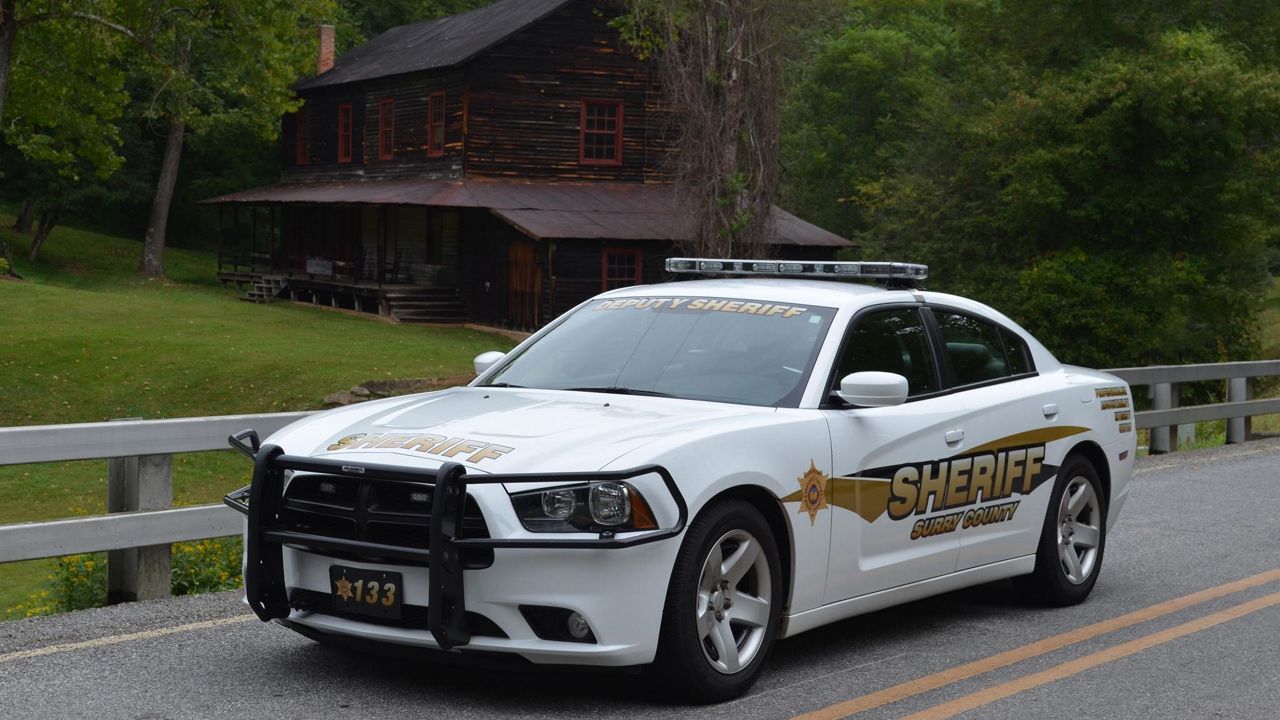TRANSYLVANIA COUNTY, N.C. — North Carolina's fish hatcheries provide stock for lakes around the state, but not everyone knows about them or realizes where the fish even come from.
“People just kind of think fish might fall from the sky, or a lot of people don't know where they come from,” said Fish Hatchery Superintendent Adam Moticak. “They come from a fish hatchery. Someone's raised them, and they've put a lot of work into those fish to get them there.”
The Bobby N. Setzer Fish Hatchery is the largest trout-producing hatchery out of the six North Carolina Wildlife Resources Commission (NCWRC) state hatcheries.
“You try to hold two years worth of production because you have all the fish that you're stocking to produce about 400 to 430,000 pounds of trout a year, which is a lot,” Moticak said. “We feed upwards of 450,000 pounds of fish food a season, and it's a very big production hatchery, stocking and growing fish every day of our lives.”
As 2025 approaches, some trout lovers might be catching a few less prizes on the western side of the state.
“Unfortunately, there's going to be a period of time where this hatchery is not raising fish,” Moticak said.
A temporary pause will take place starting in 2025, as the Setzer hatchery will be closed for renovations that will last until 2026 or 2027.
“All of the infrastructure that you see, the hatch rebuilds and the raceways, the pipes back up to the intakes, that'll all be removed, and it'll all be rebuilt,” Moticak said. “It'll be a state-of-the-art facility.”
This industry has made a mark for North Carolina on our nation, as the state ranks second for commercial trout production, right behind Idaho, according to N.C. Cooperative Extension.
According to North Carolina Wildlife Commission resource data, it has brought in a $1.38 billion impact to the state economy.
Some folks hold concerns for near-future fishing, as this change is expected to result in a 65% reduction in the number of trout available to stock.
“I think most people understand that after it's all said and done, and fishing is back to normal and hopefully better than it is now, that it was just a couple of years that was not necessarily lost, but maybe wasn't the greatest fishing on Earth,” Moticak said. “I think in the end, they understand that it'll be good for the future of our constituents in North Carolina.”
Moticak said NCWRC is prepared to have its other hatcheries take on temporary trout responsibilities.
“Our fisheries management staff and our hatchery staff have been working on plans to try to kind of lessen the burden on those fishermen and those anglers,” Moticak said.
According to the commission, while the number of trout stocked and the frequency of stockings will begin to inch back to normal in 2027, it might not be until 2029 when it is completely back to normal production.







)


